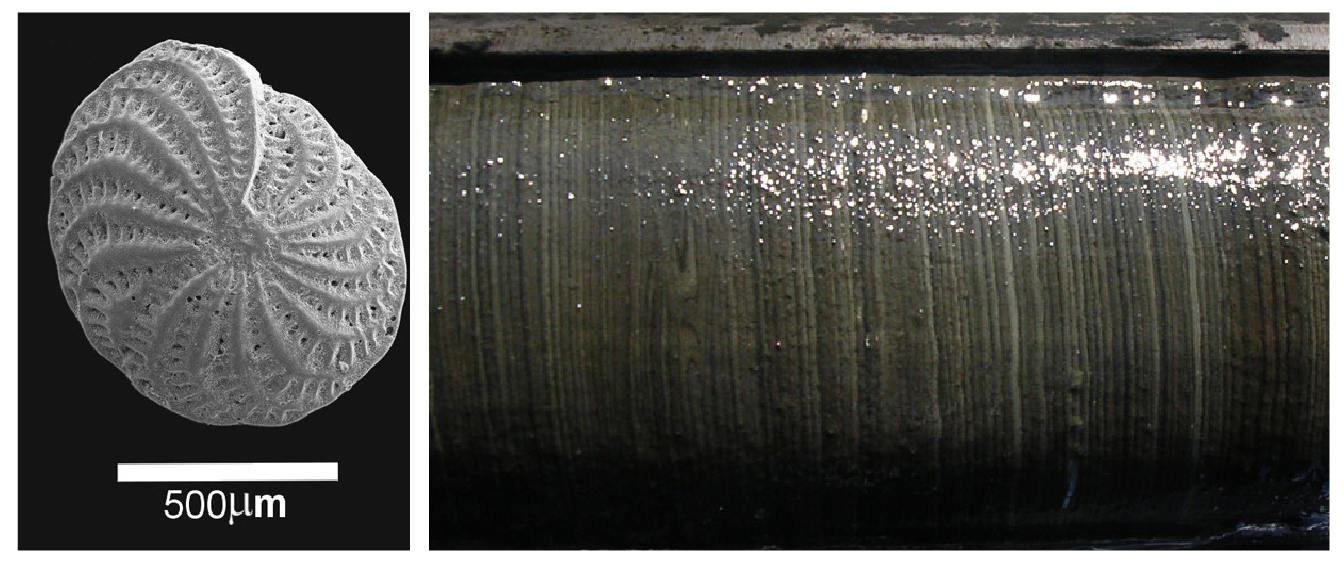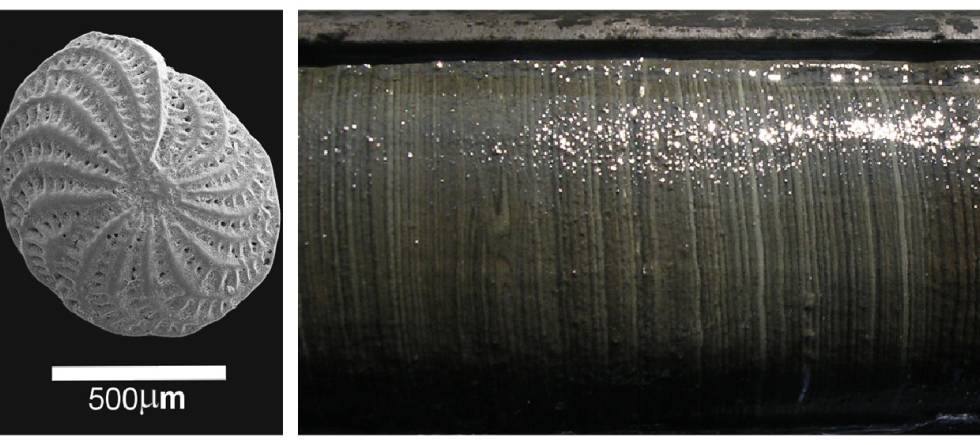Future climate changes will be a combination of natural climate variability and human activities as change-drivers (fossil fuel consumption and land use). To be able to distinguish between climate changes caused by humans and the natural variations in climate, we need to know how climate changed before the Industrial Revolution. By studying past climates, researchers have found scientific evidence that climate changes today have been primarily caused by people. It is only by adding the effects of greenhouse gases that climate models corroborate factual observations made during the past 50 years (see fact sheet on climate models).
A large part of natural climate variation is regional, not global. This is particularly true for climate fluctuations shorter in duration than 100 years. For example, warmer periods during the Stone Age occurred primarily near the polar regions, while the tropics were not affected.
Long-lasting temperature changes on Earth such as those during the Ice Age must be seen in conjunction with the Earth's orbit around the Sun, the tilt of Earth's axis in relation to the Sun, and whether the Earth is closest to the Sun during summer or winter.

Reconstructing climate changes
Reliable climate data measured by instruments only date back to about 1860 and provide a perspective that is much to brief to be able to draw conclusions about how climate has fluctuated in the past. Researchers in the field of past climate, also called palaeoclimatology, therefore focus research on reconstructing the climate (temperature/precipitation/ocean currents) with as little margin of uncertainty and as fine a focus on the time period as possible, back through time. Then they try to find the causes of the climate changes they observe. To reconstruct climate, researchers must apply indirect data from the archive of nature. Among these sources are:
- Geological data (marine organisms, sediment composition)
- Land data (sediment from lakes, moraines, calcium deposits in caves)
- Glaciological data (ice cores and glaciers)
- Biological data (pollen, plant remains, insects, tree rings)
- Bones and skeleton remains
- Historical data (recorded information in church annals, letters etc.)
Marine organisms include fossils that have been preserved in sediment laminations on the ocean floor and that reflect temperature, nutrient content and salinity in the water at the time these organisms lived. Sediment composition and the fineness of subsea particles and debris reflect the strength of ocean currents, sea ice distribution and drop-stones from drifting icebergs.

Record high CO2 concentration
Ice core data from Antarctica and Greenland show that the atmospheric concentrations of CO2 and methane exceed the natural variations throughout the past one million years. Since the pre-industrial era, the concentration of CO2 has increased by nearly 40 per cent, and the concentration of methane has grown by 17 per cent. Warming during the second half of the preceding century occurred during a period in which the natural drivers should have resulted in a slight cooling of the Earth, not a warming of the planet. It is probable that the radiative forcing from human activities since the Industrial Revolution and up until today amounts to more than five times the changes caused by irradiance from the sun.

References
Intergovernmental Report for Climate Change (IPCC) Fourth Assessment Report 2007.
Nesje A., Jansen E., Birks J.B et al. «Holocene Climate Variability in the Northern North Atlantic Region: A Review of Terrestrial
and Marine Evidence», in The Nordic Seas (2005) by Drange H., Dokken T., Furevik et al.

